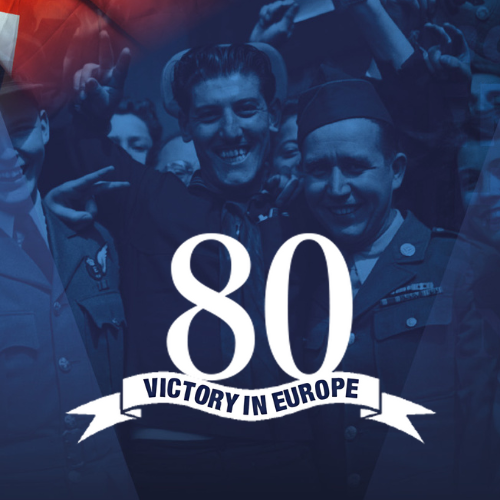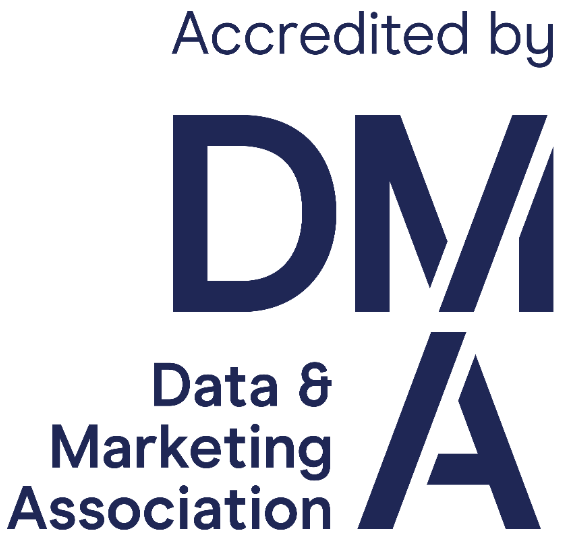The Road to Victory
The path to VE Day was fraught with challenges and complex negotiations. The initial surrender of Nazi Germany was signed in France, but Russian leader Stalin, whose troops had seized Berlin, insisted on a second signing ceremony in the German capital. To accommodate this, the press was instructed to withhold the news of the surrender for 36 hours, allowing Stalin time to arrange the event. This delay set the stage for a coordinated announcement by US President Harry Truman, British Prime Minister Winston Churchill, and French General Charles de Gaulle, each broadcasting victory messages to their respective nations.
A World Rejoices
Despite the ongoing war against Japan in the Pacific, the news of Germany's surrender was met with overwhelming relief and excitement. On May 8th, 1945, people across the globe prepared for celebrations. Streets were adorned with bunting, banners, and flags, and the atmosphere was electric with anticipation.
In Britain, the morning newspapers featured a weather forecast for the first time in nearly six years, predicting a mix of sunshine and rain. Yet, not even the threat of a downpour could dampen the spirits of those eager to celebrate. Crowds gathered outside Buckingham Palace, and services of thanksgiving were held in churches nationwide, offering a moment of reflection for those who had lost loved ones in the conflict.
The Heart of the Celebrations
The day was marked by a series of iconic events. After lunch at Buckingham Palace with the King and Queen, Churchill addressed the nation via radio. His message, broadcast on loudspeakers to the throngs in Central London, was both a celebration and a reminder of the ongoing struggle against Japan. "We may allow ourselves a brief period of rejoicing," he said, "but let us not forget for a moment the toil and efforts that lie ahead."
At 3:00 pm, the King and Queen, accompanied by Princesses Elizabeth and Margaret, made their first of eight appearances on the Buckingham Palace balcony. The sight of the royal family, with Princess Elizabeth in her khaki Auxiliary Territorial Service uniform, brought cheers and hats thrown into the air from the waiting crowds.
Churchill's journey to Parliament through gridlocked streets culminated in a speech to a cheering House of Commons, followed by a service of thanksgiving at Saint Margaret’s Church. Later, he returned to Buckingham Palace for a reception with the King and joined the royal family on the balcony, giving his famous "V for Victory" salute to the delight of the crowd.
A Nation United
As evening fell, the celebrations continued with strangers dancing and singing together in the streets and parks. In Edinburgh, pubs ran out of beer as alcohol flowed freely. London landmarks, which had withstood the bombs of the Blitz, were illuminated in floodlights for the first time in years.
At 9:00 pm, the King addressed the nation via radio, inviting listeners to remember those who had sacrificed their lives and to honour the living who had brought victory. The princesses, given the rare opportunity to join the public celebrations, mingled unrecognised in the crowds, sharing in the joy and unity of the moment.
A Global Celebration
VE Day was not only celebrated in Britain but also across the world. In Paris and New York, huge crowds filled the streets, and in Moscow, a BBC correspondent described the fireworks over the Kremlin as "the most spectacular I have ever seen."
As we look back on this historic day, we remember the resilience and unity that defined a generation. The 80th anniversary of VE Day is a time to honour the past, reflect on the sacrifices made, and celebrate the enduring spirit of freedom and peace. Let us carry forward the lessons of history and strive for a world where such conflicts are a distant memory.




